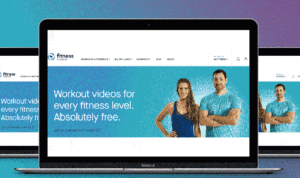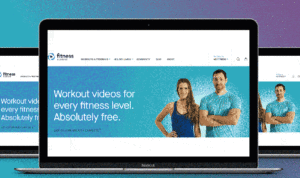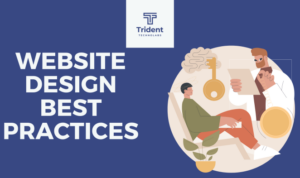Creating a Landing Page Optimization Checklist sets the stage for maximizing your website’s potential, diving deep into the essentials of crafting a high-converting landing page. Get ready to revolutionize your online presence with these key insights and strategies.
Introduction to Landing Page Optimization Checklist
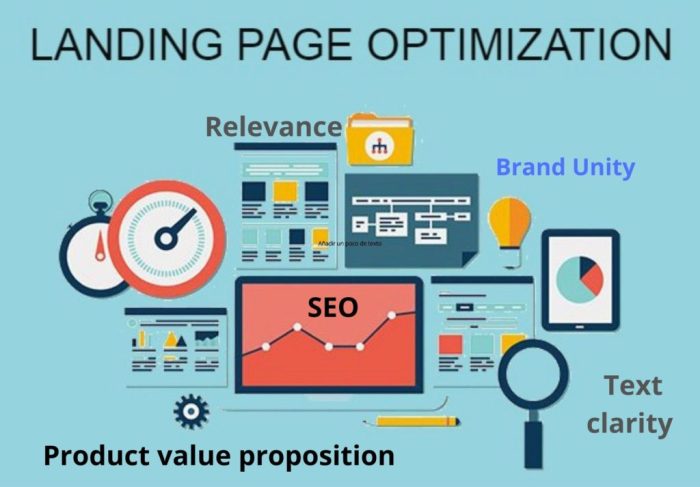
A landing page optimization checklist is a tool used by marketers and web developers to ensure that a landing page is optimized for maximum performance. It includes a list of key elements and best practices that need to be implemented on a landing page to improve conversion rates and user experience.
Having a checklist for landing page optimization is crucial because it helps streamline the optimization process and ensures that no important elements are overlooked. By following a checklist, you can systematically review and improve your landing page to achieve better results.
The Importance of Using a Checklist
- Ensures all necessary elements are included on the landing page
- Helps identify areas for improvement based on industry best practices
- Provides a structured approach to optimizing the landing page
Key Components of a Landing Page Optimization Checklist
When creating a landing page optimization checklist, it is crucial to include specific key components that can enhance the effectiveness of your page. Each component plays a critical role in optimizing the landing page to drive conversions and achieve your marketing goals.
Clear and Compelling Headline
A clear and compelling headline is the first thing visitors see when they land on your page. It should be attention-grabbing, concise, and communicate the value proposition of your product or service. A compelling headline can capture the visitor’s interest and encourage them to explore further.
Strong Call-to-Action (CTA)
A strong call-to-action is essential for guiding visitors towards the desired action, whether it’s making a purchase, signing up for a newsletter, or downloading a resource. The CTA should be prominently displayed, visually appealing, and clearly communicate what action you want the visitor to take.
Engaging Visuals
Engaging visuals, such as high-quality images, videos, or graphics, can help capture the visitor’s attention and convey information more effectively than text alone. Visuals can enhance the overall look and feel of the landing page, making it more visually appealing and engaging for visitors.
Compelling Copy
Compelling copy is crucial for conveying your message effectively and persuading visitors to take action. The copy should be clear, concise, and focused on highlighting the benefits of your product or service. It should address the visitor’s pain points and explain how your offering can solve their problems.
Mobile Responsiveness, Creating a Landing Page Optimization Checklist
With the increasing use of mobile devices, it is essential to ensure that your landing page is mobile responsive. A mobile-responsive design will provide a seamless user experience across devices and improve the chances of conversion. Visitors should be able to navigate the page easily and access all the information without any issues.
Social Proof and Testimonials
Including social proof, such as customer testimonials, reviews, or case studies, can help build trust and credibility with visitors. Testimonials provide evidence of the positive experiences of previous customers, which can influence new visitors to take action. Social proof can help alleviate any doubts or concerns visitors may have about your product or service.
Performance Tracking and Analysis
Performance tracking and analysis are essential for measuring the effectiveness of your landing page and identifying areas for improvement. By tracking key metrics such as conversion rates, bounce rates, and click-through rates, you can gain insights into how visitors are interacting with your page and make data-driven decisions to optimize its performance.
Design and Layout Considerations
When it comes to designing a landing page, it’s crucial to create a visually appealing layout that captures the user’s attention right away. A well-designed landing page can make a significant impact on user engagement and conversion rates. Here are some tips to help you design a visually appealing landing page that drives results.
Importance of Layout
The layout of your landing page plays a vital role in guiding user attention and enhancing the overall user experience. A well-structured layout can help users navigate the page easily and find the information they are looking for quickly. Consider using visual hierarchy to prioritize content based on importance and guide users through the page in a logical flow.
- Place important elements such as headlines, call-to-action buttons, and key messages above the fold to capture attention immediately.
- Use white space effectively to create a clean and uncluttered design that allows users to focus on the essential elements of the page.
- Ensure that the layout is responsive and optimized for mobile devices to provide a seamless user experience across all screen sizes.
Organizing Content
Organizing content on your landing page is crucial for driving conversions and achieving your goals. Follow these best practices to organize content effectively and optimize your landing page for better results.
- Break up content into digestible sections with clear headings and subheadings to improve readability and scanability.
- Use bullet points or numbered lists to highlight key features or benefits of your product or service.
- Include high-quality images or videos to enhance visual appeal and provide additional context to your content.
- Place your call-to-action prominently on the page and make it stand out from other elements to encourage users to take the desired action.
Call-to-Action Optimization: Creating A Landing Page Optimization Checklist
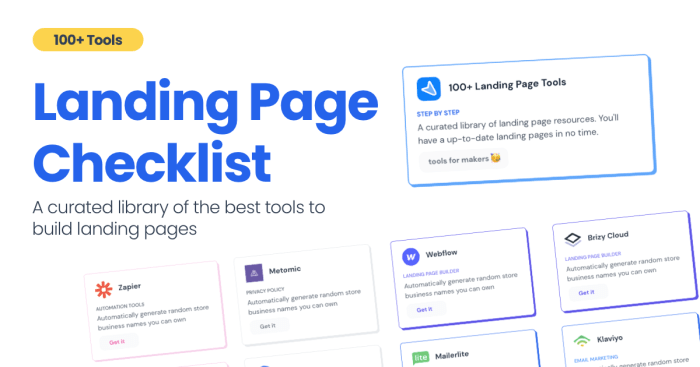
In the world of landing page optimization, the call-to-action (CTA) holds immense importance. It serves as the gateway for visitors to take the desired action, whether it’s making a purchase, signing up for a service, or downloading content. A compelling CTA can make or break the success of a landing page, as it directly influences conversion rates.
To create an effective CTA that drives conversions, several strategies can be employed. Firstly, the language used in the CTA should be clear, concise, and action-oriented. It should clearly communicate the benefit or value proposition to the visitor, encouraging them to take the next step. Additionally, the design and placement of the CTA play a crucial role. It should stand out visually, be placed prominently on the page, and be easily accessible without the need for excessive scrolling.
Successful CTAs often utilize persuasive language, such as “Get Started Now,” “Join Today,” or “Download Your Free Guide.” These phrases create a sense of urgency and compel visitors to act immediately. Including elements like contrasting colors, compelling visuals, and social proof can further enhance the effectiveness of a CTA.
Examples of successful CTAs can be seen across various industries. For instance, e-commerce sites often use CTAs like “Shop Now” or “Add to Cart” to drive sales. Subscription-based services may use CTAs like “Start Your Free Trial” or “Subscribe Now.” These CTAs are strategically designed to capture the visitor’s attention, clearly convey the next step, and ultimately lead to conversions.
By optimizing the call-to-action on a landing page, businesses can significantly improve their conversion rates and overall success. A well-crafted CTA acts as a guiding beacon for visitors, directing them towards the desired action and ultimately driving business growth.
Mobile Responsiveness and Page Speed
In today’s digital landscape, mobile responsiveness and page speed are crucial factors for the success of a landing page. With the increasing use of mobile devices for browsing, shopping, and interacting online, optimizing landing pages for mobile devices is essential to provide a seamless user experience and improve conversion rates. Additionally, page speed plays a significant role in user satisfaction, as faster loading times lead to higher engagement and lower bounce rates.
Optimizing for Mobile Devices
- Ensure that your landing page is responsive and adapts to different screen sizes and resolutions to provide a consistent experience across all devices.
- Optimize images and videos for mobile viewing by reducing file sizes and using formats that load quickly on mobile devices.
- Use mobile-friendly fonts and layouts to enhance readability and usability on smaller screens.
- Implement touch-friendly elements such as larger buttons and clickable areas to make navigation easier for mobile users.
Improving Page Speed and Performance
- Minimize HTTP requests by reducing the number of elements on your landing page, such as images, scripts, and stylesheets.
- Enable browser caching to store static resources locally on the user’s device, reducing load times for returning visitors.
- Optimize code and scripts by minifying CSS and JavaScript files to reduce file sizes and improve loading speed.
- Utilize a content delivery network (CDN) to distribute your landing page assets across multiple servers globally, reducing latency and improving loading times.







